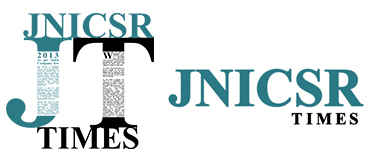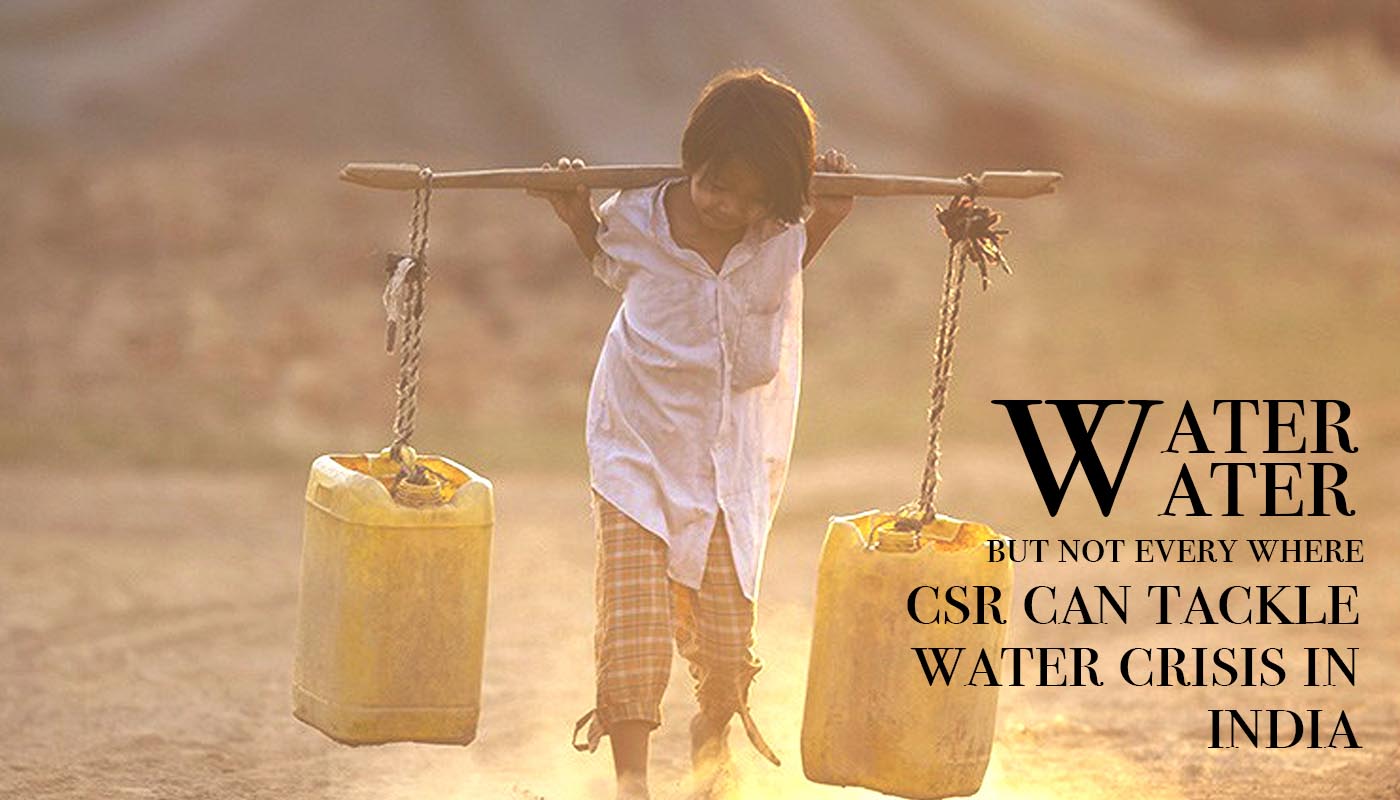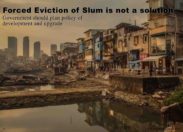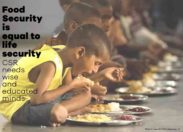According to United Nations in this new World Water Development Report Five billion people could be left with poor access to water by 2050 if nothing is done to enhance its supply and quality. It recognizes water not as an isolated element, but as an integral part of a complex natural process that involves evaporation, precipitation and the absorption of water through the soil.
The 2018 edition of the World Water Development Report (WWDR 2018) seeks to inform policy and decision-makers, inside and outside the water community, about the potential of nature-based solutions (NBS) to address contemporary water management challenges across all sectors, and particularly regarding water for agriculture, sustainable cities, disaster risk reduction and water quality. NBS use or mimic natural processes to enhance water availability (e.g., soil moisture retention, groundwater recharge), improve water quality (e.g., natural and constructed wetlands, riparian buffer strips), and reduce risks associated with water-related disasters and climate change (e.g., floodplain restoration, green roofs). The WWDR2018, titled Nature-based solutions for water, demonstrates how nature-based solutions (NBS) offer a vital means of moving beyond business-as-usual to address many of the world’s water challenges while simultaneously delivering additional benefits vital to all aspects of sustainable development.
Given the world condition NITI (National Institution for Transforming India), Ayog report 2018 called ‘Composite Water Management Index’ released by Minister for Water Resources. India is suffering from ‘the worst water crisis’ in its history with about 60 crore people facing high to extreme water stress and about two lakh people dying every year due to inadequate access to safe water. India is placed at 120th amongst 122 countries in the water quality index. 75% of households do not have drinking water on premise. 84% rural households do not have piped water access. 70% of our water is contaminated. The crisis is only going to get worse. By 2030, the country’s water demand is projected to be twice the available supply, implying severe water scarcity for hundreds of millions of people and an eventual ~6% loss in the country’s GDP. As per the report of National Commission for Integrated Water Resource Development of MoWR, the water requirement by 2050 in high use scenario is likely to be a milder 1,180 BCM, whereas the present-day availability is 695 BCM as per report by NITI Ayaog.
“Water Index scores vary widely across states, but most states have achieved a score below 50% and could significantly improve their water resource management practices. The Water Index scores for FY 16-17 vary from 76 (Gujarat) to 26 (Meghalaya), with the median score being ~49 for Non-Himalayan states and ~31 for Northeastern and Himalayan states (Figure 1). Gujarat is the highest performer, closely followed by other High performers such as Madhya Pradesh and Andhra Pradesh. Seven states have scores between ~50-65 (including two Northeastern and Himalayan states) and have been classified as Medium performers. Alarmingly, ~60% of states (14 out of 24) have achieved scores below 50 and have been classified as Low performers (Figure 2). Low performers are concentrated across the populous agricultural belts of North and East India, and among the North-eastern and Himalayan states” According to NITI Ayog report.
To improve the situation we need to build the capacity of local communities and empowering them to manage water resources themselves. We need to believe in community and need to design low cost-sharing model, where the community take ownership of programme and govt should plan in way that drinking water supply assets should hand over to community with monitoring from government , and holds the operation and maintenance responsibilities.
Second, our focus should on the restoration of farm ponds to boost irrigation potential. In addition, we need agency like NABARD where we need to boost irrigation potential, through the efforts of local farmers, government officers.
Third, we need to enable data-backed decision-making: States need to create robust water data systems with real-time monitoring capabilities to ensure that the data can be used to target policy interventions and enable innovation in the broader water ecosystem as Andhra Pradesh taking this step for improving the water situation.
Forth we need to Create overarching policy frameworks: State governments need to create strong policy and regulatory frameworks for water management and conservation to ensure effective coordination across multiple stakeholders and to provide a platform to engage with and support communities. They also need to combine technology with community efforts: Community efforts for water conservation can be boosted by providing appropriate technological support to ensure better targeting and Conduct comprehensive impact assessments: It is critical for governments to assess the impact of their policies by evaluating broader socio-economic outcomes beyond just the infrastructure construction achievements. Lastly Leverage synergies between multiple schemes:- The state governments should use the naturally arising synergies between schemes targeting sanitation, water quality, infrastructure construction, etc., to ensure effective utilization of resources.







Leave a Reply